Hands up if you’ve ever taught the James Bond Theme, Star Wars or the Pink Panther? My guess is that at least 99% of you just raised your hand, and with good reason. ‘Classic’ film tunes like these are fun to play and teach, have timeless appeal and are loved by students of all ages.
If you’re like most teachers however, your interaction with film music probably ends after it comes up in a method or exam book. You work on the piece with your student (even if you’ve taught it a hundred times!), the student learns it and you move on to some more ‘serious’ music.
But what if there was more you could get out of teaching film music? What about all the other great film scores that are released each year? Is there merit in teaching this style of music more widely in your studio?
This article is about how you can use film music to enhance your teaching. I’ll show you some of the music and composers that resonate most strongly with my students and I’ll explain how to get the most pedagogical benefit from teaching film music.
Before I begin, please keep in mind a couple of caveats:
You don’t need to have seen a film to teach and enjoy the music, so keep an open mind about the composers and films that I mention, and I’m not advocating dropping everything in favour of film music. Rather, I see it as just one of many engaging and motivating genres of music for students to explore.
So, let’s get started.
[accordion]
[item title=”‘Free-Choice’ Teaching”]
One of the things I find most satisfying in my teaching is helping students work on music they’ve chosen themselves. In my opinion, this is one of the most important things we can do as effective piano teachers in the 21st century, as it:
- Builds stronger teacher–student relationships,
- Shows our students that we’re happy to learn new things,
- Instantly engages students 100% and helps develop intrinsic practice motivation, and
- Provides one of the most effective environments for teaching about harmony, chords, form and musical construction.
‘Free-choice’ teaching can take many forms, but I find that when given the opportunity, most students will elect to play something modern: video game music, a pop song/riff or something from a film score. While students of all ages like being asked if there is anything they would like to play (and I recommend all teachers do this periodically with their students), I find that teens and adults appreciate this opportunity the most.
Keep in mind that when a student has the opportunity to learn something of their own choosing, they do not necessarily need or want to learn the whole piece, so start by asking them what they want to learn. Quite often, students just want to learn the opening riff, main chord progression or melody. And that’s just fine.
Don’t feel that everything a student learns has to be completed, perfected and played from memory. Of course, there are times when this is important, but in your day-to-day lessons, it is also vital that that students are learning lots of music in different styles. Learning fragments of pieces, particularly modern music, can be just as enjoyable and useful for students as spending months on just one.
By the way, I discuss and demonstrate this concept of free-choice and fragmented teaching in my online videos about Teaching Pop Music which you can find at teachingpoppiano.com.
[/item]
[item title=”Learning by Playing”]
You may now know about an interesting piece of film music by Philip Glass called Metamorphosis One (featured in The Thin Blue Line, 1988) in the Grade 4 Piano for Leisure manual list. Here’s an example of the opening 8 bars:
In this piece, teachers can explain how to form major and minor triads and discuss the tonality of the opening chord and the key signature. Teachers can then guide students to find the pattern in the first three bars (the lowering of the bottom note) and then discuss the relevance of the B flat in bar 4 (the 7th chord). In bars 5 and 6, we get an introduction to broken chords, and so on.
Teaching in this way is incredibly powerful: students learn about the theory of music by playing and experimenting. They can look for patterns and get an understanding of chords, progressions and cadences — vital information for their classical studies as well. Best of all, they haven’t had to open a theory book to do it!
I find that there are four main characteristics that make film music both pedagogically engaging and musically motivating for students:
- It’s often chord-based with unusual harmonic changes. Because film music is designed to follow and enhance visual action, you’ll often hear unusual shifts of harmony which I find students really enjoy. Even beginners can make sonorous and rich sounds when coupled with the pedal.
- It’s repetitive. Arpeggiations and broken chords make for great teaching and fast learning. Film music also uses common LH accompaniment patterns like variations on Alberti Basses and what I call ‘Root-5-8ves’. Understanding these is great for playing lots of modern piano solos and teaching students about composing (you can read more about this connection by searching for Strategies for Teaching Improvisation to Beginners on my blog).
- Twinkly! Okay, I know this is a pretty lame adjective, but it’s pretty spot-on. Students enjoy using large spans of the piano (especially if they are also beginner readers who are stuck in middle C position).
- Fast and rhythmic. My students have loved the fast 6/8 feel of He’s a Pirate from ‘Pirates of the Caribbean’. Rhythmic pieces like this can’t but help energise players and audiences alike. Well worth checking out for students at Grade 4–5 level.
[/item]
[item title=”When to use Film Music”]
I tend to help students with music of their own choice (including film music) throughout the year. I don’t like leaving this until the ‘after-exam’ period as there is so much that students can learn from this style of music. Indeed, it’s a great way to start the year!
If you teach a lot of exam students, you can find a number of great film tunes in exam syllabi. For example, here are some pieces on the AMEB Piano for Leisure list at the moment:
- Theme from Jurassic Park: Grade 3 Series 3
- Unchained Melody: Grade 4 Manual List
- Jessica’s Theme and Simpsons Theme: Grade 4 Series 1
- The Heart Asks Pleasure First: Grade 5 Series I
- Gabriel’s Oboe and Forrest Gump: Grade 5 Series 3
You’ll also find film music under the Pop and Rock lists of the ANZCA Modern Pianoforte syllabus. Keep in mind that you can also use film music as a great ‘free-choice’ option for Trinity College and Piano for Leisure exams as long as it’s at the right grade level.
Another fun idea is to program a recital theme around film music: e.g. ‘Into space’, ‘Bach to the Future’ or ‘The Wild West’ — I’m sure you’ll come up with some great ideas! Just be sure to mix and match the styles of the pieces to avoid anything too repetitive.
[columns_row width=”fourth”]
[column]
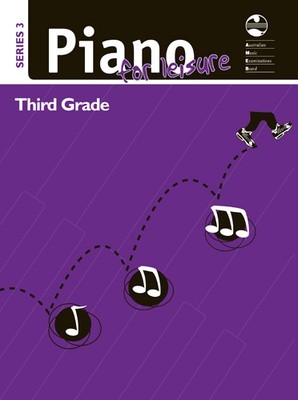
[/column]
[column]
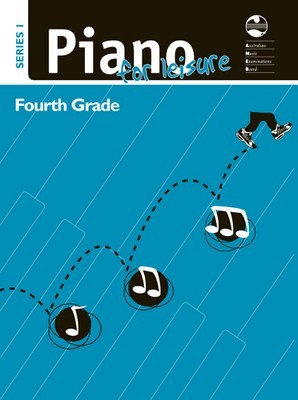
[/column]
[column]
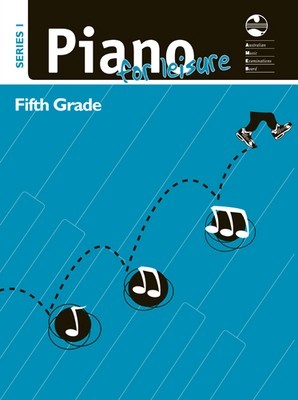
[/column]
[column]
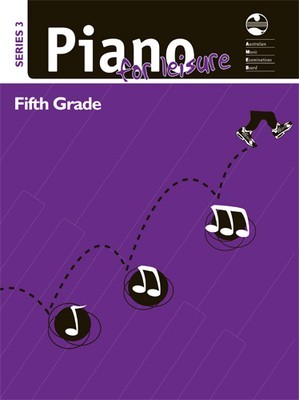
[/column]
[/columns_row]
[/item]
[item title=”Favourite Pieces and Collections”]
Now that you’ve got an idea about how you can use film music in your lessons, you’re probably wondering about some of the great film music you can explore. Here is a list of some of my favourite pieces from the last few years. To save you time, I’ve added these to a playlist which you can listen to on YouTube (search for Tim Topham YouTube Film Music):
- ‘The Dark Knight’: Overture
- ‘Batman Begins’: Eptesicus
- ‘Game of Thrones’: Main Theme
- ‘Inception’: Time
- ‘Pirates of the Caribbean’: Up is Down, He’s a Pirate
- ‘Amelie’: Comptine d’un Autre Ete. Also La Valse d’Amelie.
- ‘Pearl Harbour’: Tennessee
- ‘Lord of the Rings’ (LOTR): Concerning Hobbits
- ‘Forrest Gump’: Main Title
- ‘The Firm’: Main Title and Memphis Stomp
- ‘Love Actually’: Glasgow Love Theme, PM’s Love Theme
- Baz Luhrmann’s ‘Romeo and Juliet’: Balcony Scene
A discussion of film music wouldn’t be complete without a quick look at some of the ‘film-like’ music from ‘New Age’ composers such as Ludovico Einaudi and Yiruma. While I’m not going to go into great detail as it’s an area that could easily fill another article, one of the best compilation books is River Flows in You which features a great mix of new age and film music (Grade 5+) including:
- John Schmidt (from The Piano Guys): All of Me
- Yiruma: Kiss the Rain and River Flows in You
- Enya: Watermark
- Film music including Bella’s Lullaby from ‘Twilight’, Crisofori’s Dream, Glasgow Love Theme from ‘Love Actually’, ‘Il Postino’ and more.
- Ludovico Einaudi: Prima Vera has a classic, twinkly style reminiscent of much film music.
The Piano for Leisure books feature some great new age sounding pieces like Emily’s Etude Grade 4 Series 3 and Kinabalu Sunrise Grade 2 Series 3.
Two other great compilations to explore in this new age genre are the Piano Anthology Book 1 & 2 which include David Lanz’ Tears for Alice and Dream of the Foregotten Child (twinkly style).
Here are my other favourite movie compilations:
Beginner (5 finger/big note):
- Five-finger Movie Heroes
- Five-finger Star Wars
- Harry Potter Magical Music
- Raiders March
- 5 Movie Hits 2nd Edition
- ‘Frozen’, ‘Harry Potter’, ‘LOTR’, ‘The Hobbit’
Grade 1 – Grade 3:
- At the Movies
- It’s Easy to Play Classic Film Themes
- Best of John Williams : featuring Raiders March, Star Wars, Jurassic Park, Schindler’s List
- Really Easy Piano Film Themes
- Star Wars Easy Piano
Advanced Grade 4+
- River Flows in You
- 100 Movie Songs for Piano Solo
- Greatest Piano Themes from the Movies
- Piano Anthology Volume 1 — mix of new age and film
- Contemporary Movie and TV Hits
[columns_row width=”fourth”]
[column]
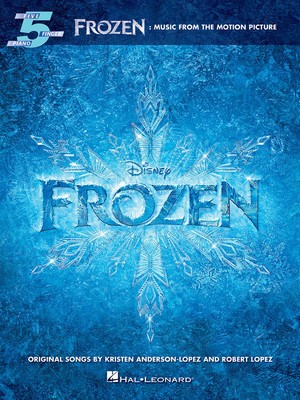
[/column]
[column]
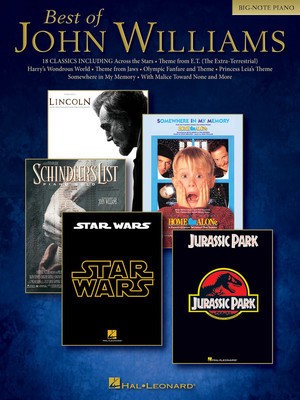
[/column]
[column]
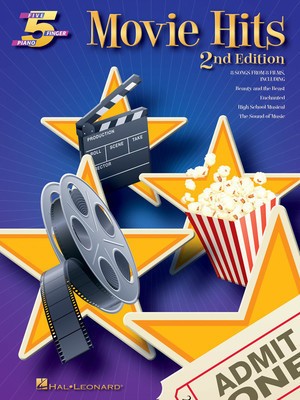
[/column]
[column]
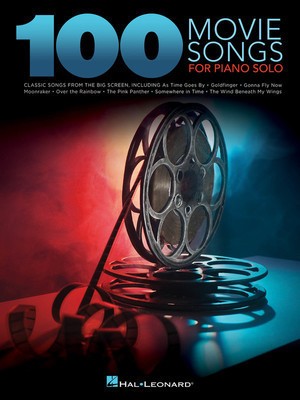
[/column]
[/columns_row]
[/item]
[/accordion]
I hope this article has got you thinking about how you can incorporate more film music into your lessons and how it can be used to teach students about the chordal structure of music. Given that this may be a whole new way of teaching for some people, here are a few tips to get started:
Always be open to students playing music of their own choice. Next lesson, ask your students whether there is a song they like from the radio or a recent film. You’ll often be surprised at what you find out they’re listening to. Find the music and/or listen to it on YouTube together and show how excited you are about helping your student learn it.
If you aren’t familiar with the music of any of the films listed here, try playing some of the examples and head to YouTube and get a feel for other works listed. Will any of your students enjoy the rich harmonies and ‘twinkly’ openings? Find a piece that really resonates with you, get the music and think about how you can teach it to your students.
If you haven’t ever ventured outside the film ‘classics’, choose one piece of film music from this article to use this term with one or two of your students. It might be something from ‘Batman’, ‘Superman’ or ‘Frozen’. Whatever it is, try teaching a piece you’ve never explored before and see what the students’ reactions are. Sure, you might make some mistakes along the way, but your students will love you for trying Good luck and let me know how you get on.
